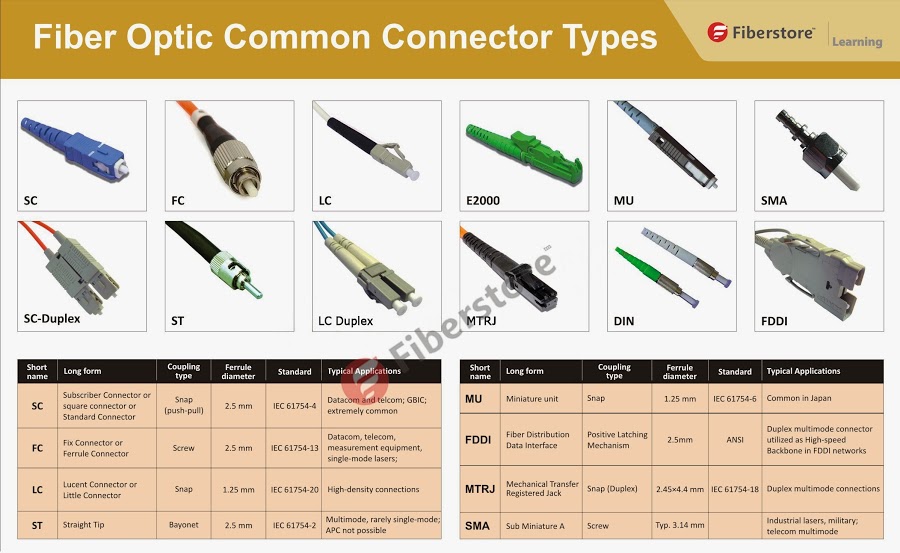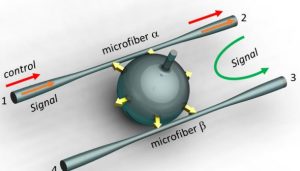

PHASE I: Develop a concept that uses the Faraday material, magnet material, and polarizers for a best-performance optical isolator construction that can be used for kW class fiber lasers. Under the Phase II Option II, if exercised, a prototype kW class Fiber optic isolator will be delivered to a Navy lab to evaluate the performance of the system in terms of its optical isolation > 40 dB for HEL system. Thermo Electric (TEC) or Water cooling preferred.Polarization extension ratio (FER) > 30 dB.Insertion Loss: Threshold 30 dB Objective > 40 dB.Bandwidth: Threshold 20 nm Objective 50 nm.

Average Power handling: Threshold 3 kW Objective 5 kW per amplifier.Operating Wavelengths: 1µm, 1.55 µm, and 2 µm.This topic supports the development of a prototype with the parameters listed below at the end of Phase II: This STTR topic seeks innovative device design, advanced Faraday material, new magnet material, and novel power polarizers that can be combined for the development of kW class fiber optical isolators. Currently, the power handling capability of fiber-coupled isolators is limited to 100 W.

Fiber-coupled or fiber-based optical isolators have the advantages of small format, easy operation, and high robustness while exhibiting the promise of high-power handling. However, the packaging volume, thermal resistance, reliability, and even the power handling cannot meet most DoD applications. Commercial free-space bulk optical isolators capable of handling optical average powers up to kW level are becoming available. This has created demand for high power compact and robust optical isolators that can be used to protect these kW class fiber lasers. Fiber lasers have seen significant developments during the last two decades and kW class fiber lasers have been deployed in different platforms for DoD applications. OBJECTIVE: Design and develop a compact and robust fiber optical isolator for kW class fiber lasers/amplifiers.ĭESCRIPTION: Optical isolators transmitting light only in one direction while blocking light in the opposite direction have been extensively used to protect laser systems from the influence of the backward light. OUSD (R&E) MODERNIZATION PRIORITY: Directed Energy (DE)


 0 kommentar(er)
0 kommentar(er)
